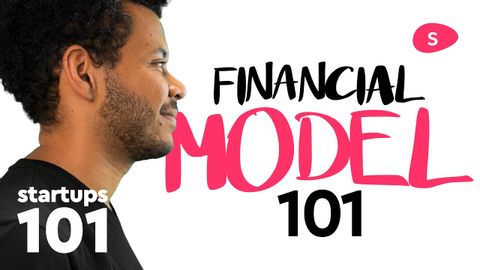財務モデリング101:チュートリアルとテンプレート (Financial Modeling 101: Tutorial and Template)
吉川友章 が 2021 年 01 月 14 日 に投稿  この条件に一致する単語はありません
この条件に一致する単語はありません- v.t./i.出場する;計算する;思う;思う
- n.姿 : 体形;数字;人物像;図表;著名人;姿の輪郭;数字
US /ˈkrɪtɪkəl/
・
UK /ˈkrɪtɪkl/
- adj.批判的な;重大な;批評の;批判的な;重篤な
- n. (c./u.)グロス(単位 : 1グロスは12ダース);合計;総重量
- v.t.総収益をあげる
- adj.気持ち悪い;総計の;下品な
- n. (c./u.)大きさや格など;うろこ;はかり;音階;規模
- v.t./i.(縮尺比に従って)拡大する : 縮小する;登る;魚のうろこを取る
エネルギーを使用
すべての単語を解除
発音・解説・フィルター機能を解除

